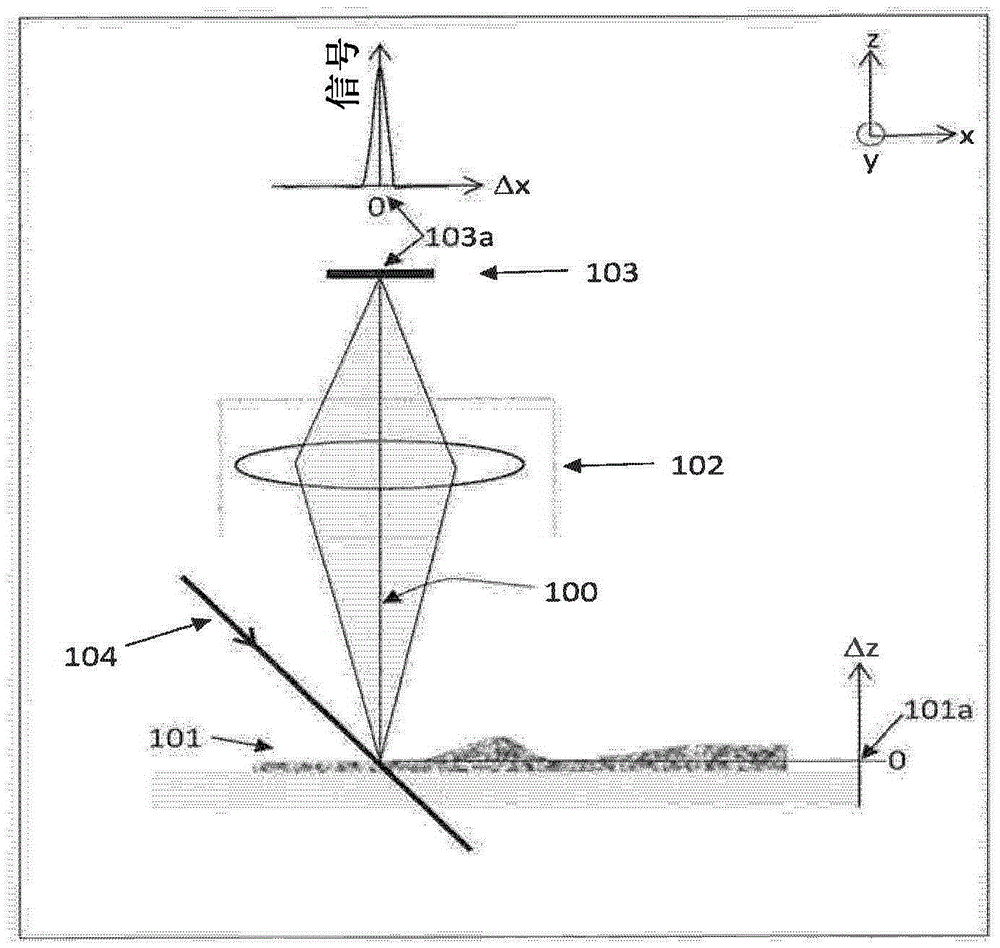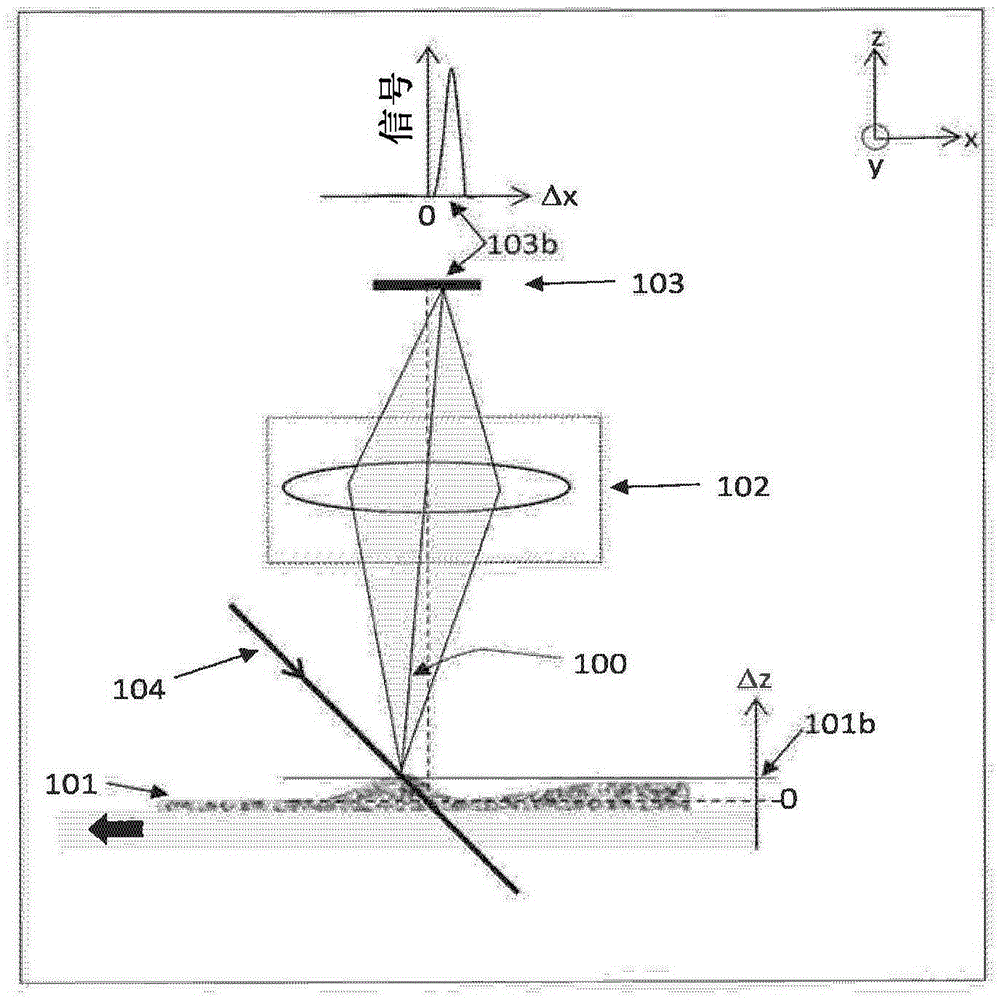Fluorescence Imaging Autofocus Systems And Methods
An optical imaging system, fluorescence imaging technology, applied in fluorescence/phosphorescence, optics, optical components, etc., can solve problems such as increasing complexity, slowing down the process, and not providing signals, and achieving the effect of overcoming difficulties and defects
- Summary
- Abstract
- Description
- Claims
- Application Information
AI Technical Summary
Problems solved by technology
Method used
Image
Examples
Embodiment Construction
[0026] For imaging in fluorescence, an object (e.g., containing a fluorescent material) is illuminated with an optical signal (excitation light) of a first spectral content, wherein a portion of this signal is absorbed by at least a portion of the object and is emitted as an optical signal of a second spectral content (emission light). light) to re-emit. The emitted light is then detected by a detection system as a measure of the amount of presence of the object at that location. Imaging a fluorescently labeled region therefore requires excitation light delivered to the region of interest, an imaging system that collects the light from the region of interest and projects it onto an optical detector (e.g., a detector array), and an imaging system for imaging the emitted fluorescent light. A device that is separated from the portion of the excitation light that passes through the imaging system. Devices for separation typically include one or more interference filters.
[0027...
PUM
 Login to View More
Login to View More Abstract
Description
Claims
Application Information
 Login to View More
Login to View More - R&D
- Intellectual Property
- Life Sciences
- Materials
- Tech Scout
- Unparalleled Data Quality
- Higher Quality Content
- 60% Fewer Hallucinations
Browse by: Latest US Patents, China's latest patents, Technical Efficacy Thesaurus, Application Domain, Technology Topic, Popular Technical Reports.
© 2025 PatSnap. All rights reserved.Legal|Privacy policy|Modern Slavery Act Transparency Statement|Sitemap|About US| Contact US: help@patsnap.com



